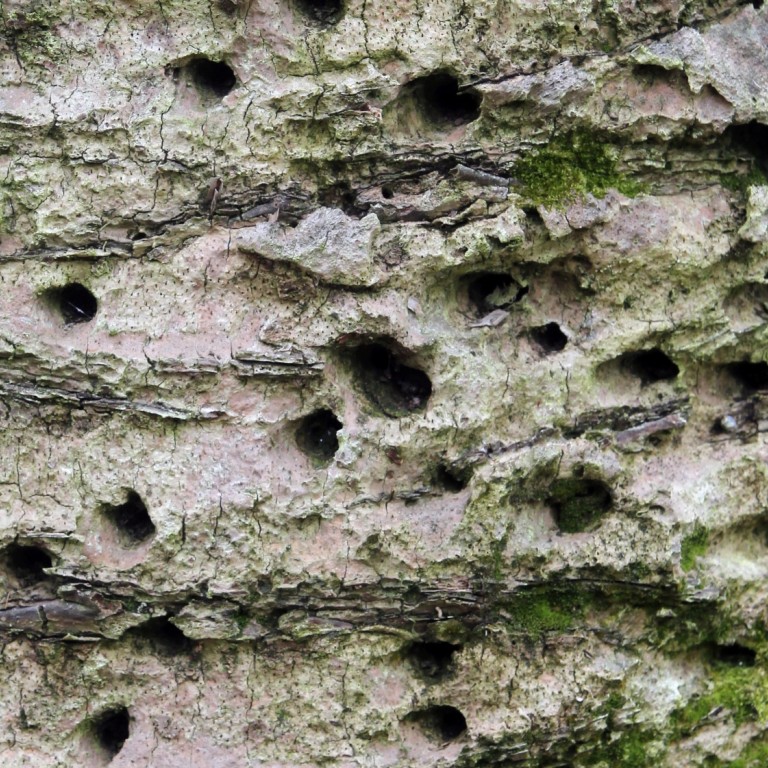
Let banyans line road to Hong Kong's Disneyland
Disneyland's magic has not rubbed off on the exotic trees lining the avenue to the Hong Kong tourist attraction. Many of the 72 Canary Island date palms are infested by pests and are dying, their fate seemingly sealed by a combination of skirting of quarantine rules, mismanagement and lax oversight.
Disneyland's magic has not rubbed off on the exotic trees lining the avenue to the Hong Kong tourist attraction. Many of the 72 Canary Island date palms are infested by pests and are dying, their fate seemingly sealed by a combination of skirting of quarantine rules, mismanagement and lax oversight. Having been imported from Australia and each costing HK$100,000 - 10 times more than native species - it is natural to wonder whether public funds have been frivolously wasted. Logic says that if planners had opted for what is local and known, the gateway to the "magic kingdom" would still be enticing and green, not an eyesore and withered yellow.
Importing trees is challenging and especially so if they are not native species. The tight schedule around Disneyland's construction meant that the palms imported in 2001 had to be fully grown, making their transplanting even more difficult. To get around Hong Kong's strict plant quarantine rules, which would have meant a lengthy period of testing and inspection, they were instead first taken to the mainland. To what degree this jeopardised their survival is not known. Regardless, of the 100 original trees, 16 had to be destroyed in 2004 due to infestation by red palm weevils.
The weevils and another pest, coconut leaf beetles, are believed to be killing the palms. Those that die will have to be replaced by the contractor under terms agreed with the Leisure and Cultural Services Department. Where the bugs came from, how they infested the palms and why they were not detected sooner have to be determined. But given those questions and the high cost of importing replacements, a practical and sensible solution should be opted for.
Disney management had Hong Kong Disneyland's sister theme park in California in mind when it chose the palms. They are not suited to our environment, nor does it seem we have the expertise to care for them. Opting for what is known and suited is best; greeting visitors with some of our more than 400 native species, such as the banyan, would make visits equally magical.

